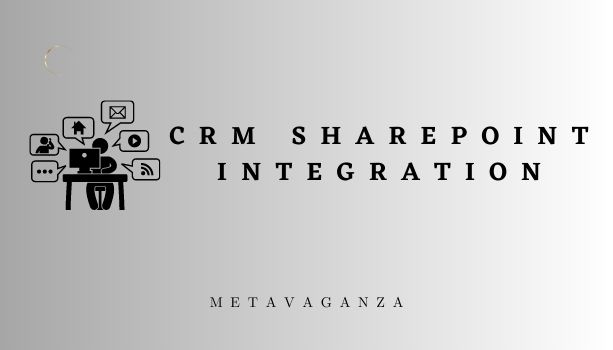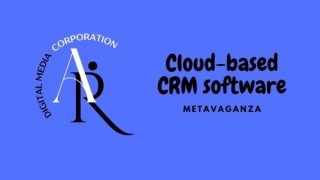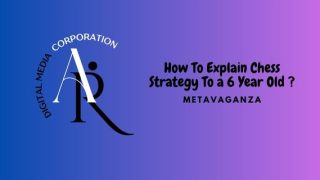CRM Software : CRM Sharepoint – In today’s fast-paced business environment, companies are constantly seeking ways to enhance their productivity, streamline processes, and improve customer relationship management.
Two powerful tools that can help achieve these goals are Customer Relationship Management (CRM) systems and Microsoft SharePoint. This article explores the benefits of integrating CRM with SharePoint, provides tips for successful integration, and highlights the advantages it brings to organizations.
CRM, or Customer Relationship Management, is a technology-driven approach that helps businesses manage interactions and relationships with current and potential customers.
It involves organizing customer data, tracking sales activities, and analyzing customer behavior to improve customer satisfaction and drive sales growth. CRM systems provide a centralized hub for customer information, sales pipelines, and marketing campaigns.
Related Article : CRM WordPress
SharePoint, developed by Microsoft, is a web-based collaborative platform that enables organizations to create, store, organize, and share information and documents securely.
It serves as a central repository for files, allowing teams to collaborate on projects, manage workflows, and access information from anywhere, at any time. SharePoint offers features such as document libraries, version control, search capabilities, and customizable web applications.
Benefits of Integrating CRM with SharePoint
1. Improved Data Management and Collaboration
By integrating CRM with SharePoint, businesses can centralize their customer data and other relevant information, eliminating data silos and duplication.
This integration allows sales teams, marketing departments, and customer service representatives to access real-time customer data, purchase history, and communication logs.
This consolidated view empowers employees with accurate and up-to-date information, enabling better decision-making and personalized customer interactions.
2. Streamlined Workflows and Processes
The integration of CRM and SharePoint enables the automation and streamlining of business processes. Through workflow automation, tasks and approvals can be automatically assigned, tracked, and completed within SharePoint.
For instance, when a lead reaches a specific stage in the CRM system, SharePoint can trigger the creation of a corresponding project site, assign tasks to team members, and facilitate collaboration and document sharing throughout the project lifecycle.
This seamless integration improves efficiency, reduces manual effort, and minimizes errors.
3. Enhanced Customer Relationship Management
Integrating CRM with SharePoint provides a holistic view of customer interactions, empowering organizations to deliver exceptional customer experiences.
The integration allows customer service representatives to access customer data, support documents, and troubleshooting guides, enabling them to provide personalized and efficient assistance.
SharePoint’s document management capabilities also enable the storage and sharing of customer-related documents, contracts, and proposals, ensuring quick access to relevant information during sales and customer service processes.
4. Seamless Document Management
SharePoint’s robust document management features complement CRM systems by providing secure storage, version control, and collaborative editing capabilities.
Integrating CRM with SharePoint enables teams to attach documents directly to customer records, keeping all relevant information in one place.
This integration ensures that teams have access to the most recent versions of documents, avoid duplication, and collaborate effectively. With SharePoint’s search capabilities, employees can quickly locate and retrieve documents associated with specific customers or projects.
5. Increased Productivity and Efficiency
Integrating CRM and SharePoint can significantly boost productivity and efficiency within an organization.
By centralizing customer data, automating workflows, and facilitating collaboration, employees can focus on value-added activities rather than searching for information or dealing with manual processes.
The seamless flow of information between CRM and SharePoint eliminates data entry duplication, reduces errors, and enhances overall operational efficiency. This integration empowers employees to work more effectively, resulting in improved customer satisfaction and increased revenue.
Tips for Successful CRM and SharePoint Integration
Successful integration of CRM and SharePoint requires careful planning and execution. Here are some tips to ensure a smooth and effective integration:
1. Choose the Right CRM and SharePoint Versions
Select CRM and SharePoint versions that are compatible and provide the necessary features and functionality for integration. Ensure that the chosen versions can seamlessly exchange data and support the required workflows.
2. Define Clear Objectives and Requirements
Clearly define the objectives and requirements for the integration project. Identify key business processes, data elements, and user roles that will be involved in the integration. This clarity will guide the configuration and customization efforts.
3. Ensure Proper Configuration and Customization
Configure and customize CRM and SharePoint to align with your organization’s specific needs. Map data fields, establish synchronization rules, and define security settings to ensure smooth data exchange and user access control.
4. Train and Educate Users
Invest in user training and education to familiarize employees with the integrated CRM and SharePoint system. Provide comprehensive training on how to navigate the systems, access customer data, collaborate on projects, and leverage the integrated features effectively.
5. Regular Maintenance and Updates
Regularly maintain and update the integrated system to ensure optimal performance and security. Apply patches, upgrades, and security updates promptly. Monitor system performance, address any issues promptly, and communicate updates to users.
Conclusion
Integrating CRM with SharePoint offers numerous benefits for organizations, including improved data management, streamlined workflows, enhanced customer relationship management, seamless document management, and increased productivity.
By combining the strengths of CRM systems and SharePoint’s collaborative features, businesses can achieve higher levels of efficiency, collaboration, and customer satisfaction. Successful integration requires careful planning, proper configuration, user training, and ongoing maintenance.
Embracing CRM SharePoint integration can transform the way organizations operate, fostering growth and success in today’s competitive business landscape.
FAQs
- Can any CRM system be integrated with SharePoint? Yes, most CRM systems can be integrated with SharePoint, although the level of integration may vary. It is essential to assess compatibility and the availability of integration options when selecting a CRM system.
- Is SharePoint suitable for small businesses? Yes, SharePoint is suitable for small businesses. It offers scalability, flexibility, and cost-effective options for businesses of all sizes. Small businesses can leverage SharePoint’s collaboration features and document management capabilities to improve efficiency and productivity.
- Can SharePoint be accessed remotely? Yes, SharePoint can be accessed remotely. It is a web-based platform, allowing authorized users to access documents, sites, and information from any device with an internet connection.
- What are some popular CRM systems that integrate well with SharePoint? Some popular CRM systems that integrate well with SharePoint include Microsoft Dynamics 365, Salesforce, and Zoho CRM. These systems provide integration options and plugins to connect with SharePoint seamlessly.
- How can CRM SharePoint integration benefit sales teams? CRM SharePoint integration benefits sales teams by providing a centralized platform to manage customer data, access sales collateral, collaborate on proposals, and track deals. It improves visibility, enables efficient collaboration, and enhances overall sales effectiveness.






[…] Related Article : CRM SharePoint Integration : Boosting Collaboration and Efficiency […]